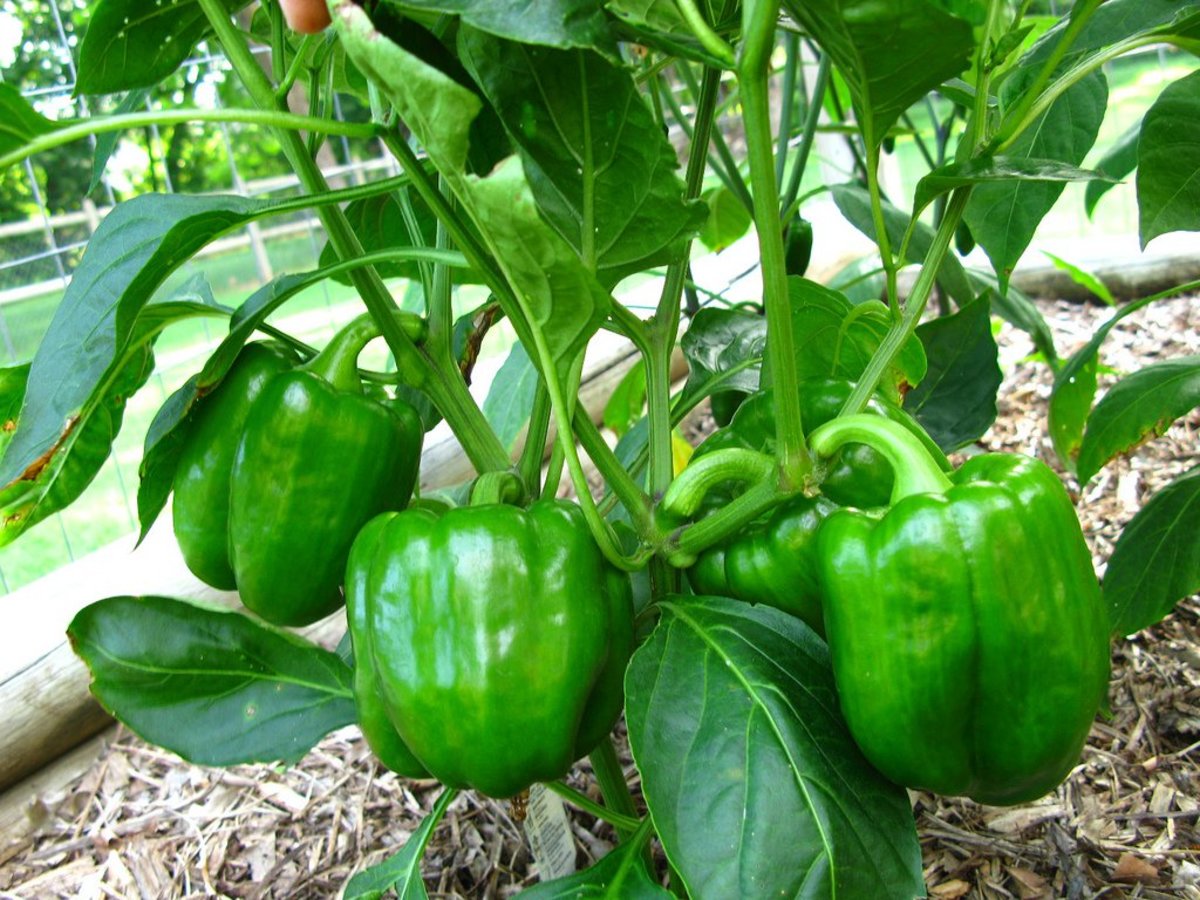

Articles
How To Store Peppers From Garden
Modified: December 7, 2023
Learn the best articles on how to store peppers from your garden. Discover essential tips and tricks for preserving your harvest and enjoying fresh peppers all year round.
(Many of the links in this article redirect to a specific reviewed product. Your purchase of these products through affiliate links helps to generate commission for Storables.com, at no extra cost. Learn more)
Introduction
Peppers, with their vibrant colors and distinct flavors, are a staple in many culinary dishes. Whether you grow them in your garden or purchase them from a local farmer’s market, storing peppers properly is essential to ensure their freshness and extend their shelf life. With the right techniques, you can enjoy the delicious taste of peppers even after the growing season is over.
In this article, we will guide you on how to properly store peppers from your garden or market. We’ll explore different methods like refrigeration, freezing, canning, and drying that will help preserve the flavor and texture of the peppers for weeks or even months.
So, if you’re wondering how to make the most of your bountiful pepper harvest or looking for ways to keep store-bought peppers fresh, read on!
Key Takeaways:
- Preserve the vibrant flavors of peppers by choosing the right variety, harvesting at peak ripeness, and handling with care. Properly store peppers through refrigeration, freezing, canning, or drying to enjoy their taste year-round.
- Explore the versatility of preserved peppers in various recipes, from sauces and soups to marinades and dips. Get creative in the kitchen and elevate your dishes with the unique flavors and heat of preserved peppers.
Read more: How To Store Peppers From The Garden
Choosing the Right Peppers for Storage
When it comes to storing peppers, not all varieties are created equal. Some peppers have thicker skins and higher moisture content, making them better suited for certain storage methods than others. Here are a few tips on selecting the right peppers for storage:
- Choose mature peppers: Select peppers that have reached their full size and have developed their characteristic colors. These peppers have a higher sugar content and will have a better flavor when stored.
- Opt for thick-skinned peppers: Peppers with thicker skins are more resistant to spoilage and will hold up well during storage. Look for varieties like bell peppers, poblanos, or jalapenos with thick walls.
- Avoid damaged or overly ripe peppers: Peppers with blemishes, cracks, or soft spots are more susceptible to rot and should be used or discarded immediately. Choose peppers that are firm and free of any signs of decay.
- Consider the intended use: Different peppers have different flavor profiles and heat levels. Consider how you plan to use the peppers in your recipes. Some peppers are better suited for fresh use, while others are more suitable for cooking, canning, or drying.
By selecting the right peppers for storage, you are ensuring that you have the best quality peppers to enjoy in the weeks to come. Now that you have an idea of what to look for, let’s move on to the next step: harvesting the peppers for storage.
Harvesting Peppers for Storage
Harvesting peppers at the right stage of ripeness is crucial for optimal storage. Here are some guidelines to follow when harvesting peppers for storage:
- Wait for the peppers to fully mature: Peppers should be allowed to reach their full color and size before harvesting. The color may vary depending on the variety, so refer to the seed packet or plant tag for guidance. Most peppers change from green to their respective color when fully ripened.
- Use sharp garden shears or a knife: To harvest peppers without damaging the plant, use clean and sharp garden shears or a knife. Cut the pepper stem about half an inch above the fruit. This helps to reduce the risk of ripping or tearing the pepper’s skin.
- Harvest during dry weather: Wait for a dry day to harvest your peppers. Wet or damp conditions can increase the chances of rotting during storage. If it’s raining, it’s best to wait until the weather clears up before harvesting.
- Handle peppers with care: Peppers can bruise easily, so handle them gently during the harvesting process. Avoid squeezing or dropping them, as this can lead to damage and shorten their shelf life.
- Inspect for any signs of pests or diseases: Before storing your peppers, inspect them for any signs of pests or diseases. Discard any peppers that show signs of rot, mold, or insect damage to prevent the spread to other stored peppers.
By following these guidelines, you can ensure that your harvested peppers are in the best condition possible for storage. Now that you have successfully harvested your peppers, let’s move on to the next step: cleaning and preparing them for storage.
Cleaning and Preparing Peppers for Storage
Before storing peppers, it is important to properly clean and prepare them to remove any dirt, debris, or potential contaminants. Follow these steps to clean and prepare your peppers for storage:
- Wash the peppers: Start by rinsing the peppers under cool running water. Gently rub the surface of the peppers with your hands to remove any dirt or residue. Avoid using soap or detergents, as they can leave a residue or alter the flavor of the peppers.
- Remove the stems and seeds: Use a sharp knife to carefully cut off the stem of each pepper. Cut around the stem and remove it along with the attached seeds. Shake out any loose seeds from inside the pepper.
- Slice or dice, if desired: Depending on how you plan to use the peppers later, you may choose to slice or dice them at this stage. This can make it more convenient to use the peppers in cooking or to add them to salads and other dishes.
- Blanching, if freezing: If you plan to freeze the peppers, blanching them before freezing can help preserve the color, texture, and flavor. To blanch, briefly boil the peppers in a pot of water for a couple of minutes, then quickly plunge them into ice-cold water to stop the cooking process.
Once you have cleaned and prepared the peppers, you are ready to choose a storage method that suits your needs. Whether you prefer to refrigerate, freeze, can, or dry the peppers, the following sections will guide you through each process step by step.
Storing Peppers in the Refrigerator
If you plan to use your peppers within a week or two, storing them in the refrigerator is an excellent option to maintain their freshness. Here’s how you can store peppers in the refrigerator:
- Wrap individually: Start by wrapping each pepper individually in a paper towel or placing them in perforated plastic bags. This helps absorb excess moisture, preventing the peppers from becoming soggy and prone to spoilage.
- Choose the right storage compartment: Place the wrapped peppers in the crisper drawer or a low humidity compartment of your refrigerator. The temperature in this area is usually cooler and more stable, ideal for keeping peppers fresh.
- Avoid overcrowding: Make sure not to overcrowd the peppers in the storage compartment. Leave some space between them to allow for proper air circulation, which helps to prevent the build-up of moisture and mold.
- Check periodically: Regularly check on the peppers stored in the refrigerator. Remove any peppers that show signs of decay or spoilage to prevent the spread to other peppers.
When stored correctly in the refrigerator, peppers can retain their freshness for up to two weeks. They can still be used in various recipes, such as stir-fries, salads, or roasted dishes. Remember that the flavor and crispness of peppers may slightly diminish over time, so it’s best to use them as soon as possible for the best taste.
If you have an abundant harvest or want to store your peppers for a longer period, freezing or canning them can be great options. We will explore these methods in the next sections.
After harvesting, store peppers in a paper bag in the refrigerator to keep them fresh for up to 2 weeks. Avoid washing them until ready to use.
Read more: How To Store Fresh Peppers From The Garden
Freezing Peppers for Long-Term Storage
If you have a surplus of peppers and want to extend their shelf life for several months, freezing is an excellent preservation method. Freezing peppers allows you to enjoy their flavor and nutritional value even during the off-season. To freeze peppers, follow these simple steps:
- Wash and prepare the peppers: Start by washing the peppers under cool running water and removing the stems and seeds. Slice, dice, or leave them whole, depending on your preference.
- Blanch the peppers: Blanching helps to preserve the color, flavor, and texture of the peppers. Bring a pot of water to a boil and carefully add the peppers. Blanch them for 2-3 minutes, then transfer them to a bowl of ice water to stop the cooking process.
- Pat dry: Once the peppers have cooled down, pat them dry with a paper towel to remove excess moisture. This step will minimize freezer burn and prevent the peppers from becoming mushy after thawing.
- Arrange in freezer bags or containers: Place the peppers in airtight freezer bags or containers. Squeeze out as much air as possible before sealing to prevent freezer burn. Label the bags or containers with the date for easy identification later.
- Freeze: Lay the bags or containers flat in the freezer to allow for easy stacking and to maximize space. It’s important to freeze the peppers as quickly as possible to maintain their quality.
Frozen peppers can be used in various cooked dishes such as soups, stews, stir-fries, or casseroles. While the texture of the peppers may soften slightly after freezing, they will retain their flavor and make a convenient addition to your meals. Frozen peppers can be stored for up to 6-12 months, depending on the quality of your freezer.
Now that you know how to freeze peppers, let’s explore another method for preserving peppers: canning.
Canning Peppers for Preserving
Canning is a popular method for preserving peppers and extending their shelf life for up to a year or more. Canned peppers are versatile and can be used in various recipes, from sandwiches to salsa. To can peppers, follow these steps:
- Gather canning supplies: Ensure that you have the necessary canning supplies, including canning jars, lids, bands, a large pot for boiling water, a canning rack, and a jar lifter. It’s important to use proper canning equipment to ensure safe preservation.
- Prepare the peppers: Wash the peppers and remove the stems, seeds, and membranes. You can choose to keep the peppers whole, slice them, or dice them, depending on your preference.
- Prepare the canning jars: Sterilize the canning jars and lids by either placing them in boiling water for 10 minutes or running them through the dishwasher on a hot cycle. Keep the jars hot until ready to use.
- Heat the canning liquid: Prepare a canning liquid of your choice, such as a vinegar-based brine or a tomato sauce. Heat the canning liquid in a separate pot until it reaches a simmer.
- Pack the jars: Carefully pack the peppers into the sterilized canning jars, leaving about 1/2-inch of headspace at the top. Pour the hot canning liquid over the peppers, ensuring that they are completely submerged.
- Seal and process the jars: Wipe the jar rims clean, place the lids on top, and screw on the bands until fingertip tight. Process the jars in a boiling water bath for the recommended time according to your altitude and the specific recipe.
- Cool and store: Once processed, carefully remove the jars from the water bath using a jar lifter and let them cool on a towel or rack. Check the seals after they have cooled, and store the properly sealed jars in a cool, dark place.
Properly canned peppers can last for up to a year or more. Remember to follow a trusted canning recipe and guidelines to ensure safe preservation.
Canning peppers is a wonderful way to enjoy their flavors throughout the year and add a homemade touch to your meals. If you have excess peppers that you’re unable to freeze or use immediately, canning them is an ideal preservation method.
Next, let’s explore another method for extending the shelf life of peppers: drying them.
Drying Peppers for Extended Shelf Life
Drying peppers is a traditional preservation method that allows you to enjoy their flavors and heat for an extended period. Dried peppers are versatile and can be used in various dishes, from spice blends to marinades. Here’s how you can dry peppers:
- Wash and prepare the peppers: Start by washing the peppers under cool running water and patting them dry with a towel. Remove the stems and slice the peppers into thin rings or cut them in half lengthwise.
- Choose a drying method: There are several methods for drying peppers, including air drying, sun drying, oven drying, or using a food dehydrator. Select the method that is most convenient for you.
- Air drying: To air dry peppers, simply hang them in a well-ventilated area. Use a string or thread to create a pepper string by threading the peppers through the stems. Ensure the peppers have sufficient space between them for air circulation.
- Sun drying: Sun drying requires hot and dry weather conditions. Place the pepper slices on a clean, dry surface, such as a wire rack or a baking sheet, and leave them in direct sunlight until they are completely dehydrated. This method can take several days to weeks.
- Oven drying: Preheat your oven to the lowest temperature setting. Place the pepper slices on a baking sheet lined with parchment paper. Keep the oven door slightly ajar to allow moisture to escape. Check on the peppers regularly and rotate the tray for even drying.
- Dehydrator: Follow the manufacturer’s instructions for your food dehydrator. Arrange the pepper slices on the dehydrator trays and set the temperature according to the guidelines. Allow the peppers to dry for the recommended time.
- Check for dryness: Regardless of the drying method, check the peppers for dryness. They should be brittle and without any moisture. If they are still slightly pliable or have any moisture, continue drying them until they reach the desired state.
- Store the dried peppers: Once the peppers are completely dry, transfer them to airtight containers, such as glass jars or resealable bags. Store them in a cool, dry place away from direct sunlight.
Dried peppers can be ground into powder, rehydrated in water or oil, or added directly to recipes for a spicy kick. Their heat and flavor intensify during the drying process, so use them sparingly if you prefer milder heat levels.
Drying peppers is a fantastic way to preserve their flavors and extend their shelf life for several months or even years. Whether you choose to air dry, sun dry, oven dry, or use a food dehydrator, the end result will be a pantry staple that enhances dishes with its unique flavor and heat.
Now that you’ve learned how to dry peppers, it’s time to explore the various ways you can use preserved peppers in your recipes.
Using Preserved Peppers in Recipes
Preserved peppers, whether they’ve been stored in the refrigerator, freezer, canned, or dried, can add a flavorful punch to a wide range of dishes. Here are some creative ways to use preserved peppers in your recipes:
- Add to sauces and salsas: Chopped or pureed preserved peppers can be a fantastic addition to sauces and salsas. Whether you’re making pasta sauce, salsa verde, or enchilada sauce, the preserved peppers will infuse the dish with their unique flavor and heat.
- Spice up soups and stews: Dried or frozen peppers can be thrown into soups, stews, and chili for an extra layer of complexity and heat. They provide a rich flavor that develops during the cooking process, enhancing the overall taste of the dish.
- Create homemade spice blends: Dried peppers can be ground up and added to homemade spice blends, such as chili powder or Cajun seasoning. The ground peppers will add a fiery kick and depth of flavor to spice up your favorite recipes.
- Make marinades and dressings: Slice or dice preserved peppers to add a kick to marinades for meats, vegetables, or tofu. They can also be blended into dressings and vinaigrettes to give them an extra burst of flavor.
- Use as toppings or fillings: Chopped preserved peppers can serve as a delicious topping for pizza, tacos, sandwiches, or omelets. They can also be used as a filling for stuffed peppers, quesadillas, or burritos, adding a zesty and spicy twist.
- Incorporate into dips and spreads: Blend preserved peppers into creamy dips like hummus or guacamole for a tangy and spicy kick. They can also be added to spreads, such as cream cheese or yogurt, to elevate the flavor and provide a hint of heat.
The possibilities are endless when it comes to using preserved peppers in your recipes. Experiment with different methods and explore the unique flavors and heat levels that preserved peppers can bring to your culinary adventures.
By properly storing and preserving your peppers, you can enjoy their vibrant flavors and heat throughout the year, even when they’re out of season. Get creative in the kitchen and let preserved peppers be your secret ingredient to enhancing your favorite dishes.
Now that you have a variety of ways to use preserved peppers, let’s wrap up this article.
Read more: How To Store Green Peppers From The Garden
Conclusion
Storing peppers properly is essential for prolonging their freshness and enjoying their vibrant flavors throughout the year. Whether you have peppers from your garden or purchased from the market, there are various preservation methods to choose from. By following the right techniques, you can extend the shelf life of your peppers and have them readily available for use in recipes whenever you desire.
From refrigeration to freezing, canning, and drying, each preservation method offers its own unique benefits and flavors. Refrigerating peppers is ideal for short-term storage, keeping them fresh for a week or two. Freezing peppers allows you to store them for several months, ensuring their flavor and heat are retained. Canning peppers allows for long-term storage, with properly preserved peppers lasting up to a year or more. Drying peppers intensifies their flavor and heat, making them an excellent addition to spice blends and various dishes.
When choosing the right peppers for storage, opt for mature peppers with thick skins to ensure better shelf life. Harvest them at the appropriate stage of ripeness and handle them with care to prevent any damage. Properly clean and prepare the peppers before storing them using your preferred preservation method.
Once properly stored and preserved, you can use the peppers in a multitude of recipes. From sauces and soups to marinades and dressings, preserved peppers add a flavorful kick to any dish. They can be used as toppings, fillings, or incorporated into dips and spreads, providing a zesty and spicy twist to your culinary creations.
Remember to label and date your preserved peppers to easily identify them in the future. Additionally, periodically check the stored peppers and remove any signs of spoilage to prevent the spread to other peppers.
With these tips and techniques on how to store peppers from your garden or market, you can enjoy the taste of fresh peppers long after the growing season has ended. So go ahead, preserve those peppers and savor the flavors that nature has to offer!
Frequently Asked Questions about How To Store Peppers From Garden
Was this page helpful?
At Storables.com, we guarantee accurate and reliable information. Our content, validated by Expert Board Contributors, is crafted following stringent Editorial Policies. We're committed to providing you with well-researched, expert-backed insights for all your informational needs.
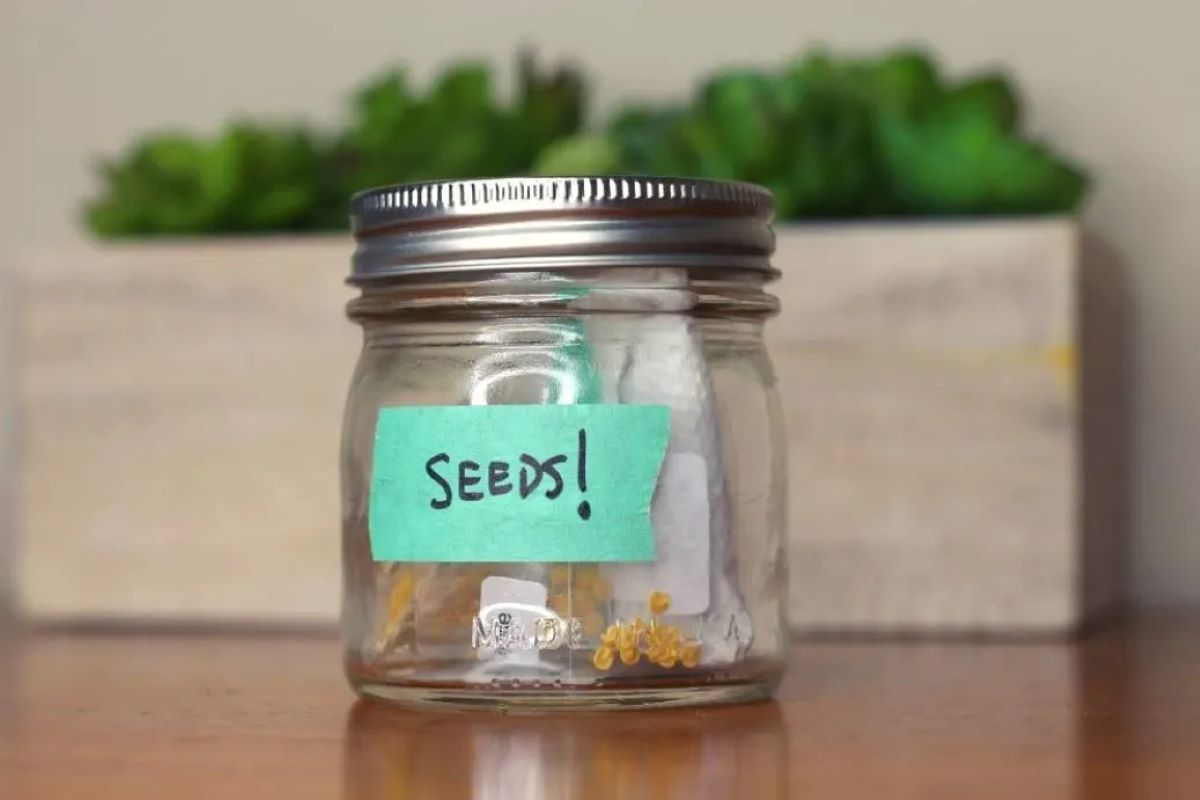
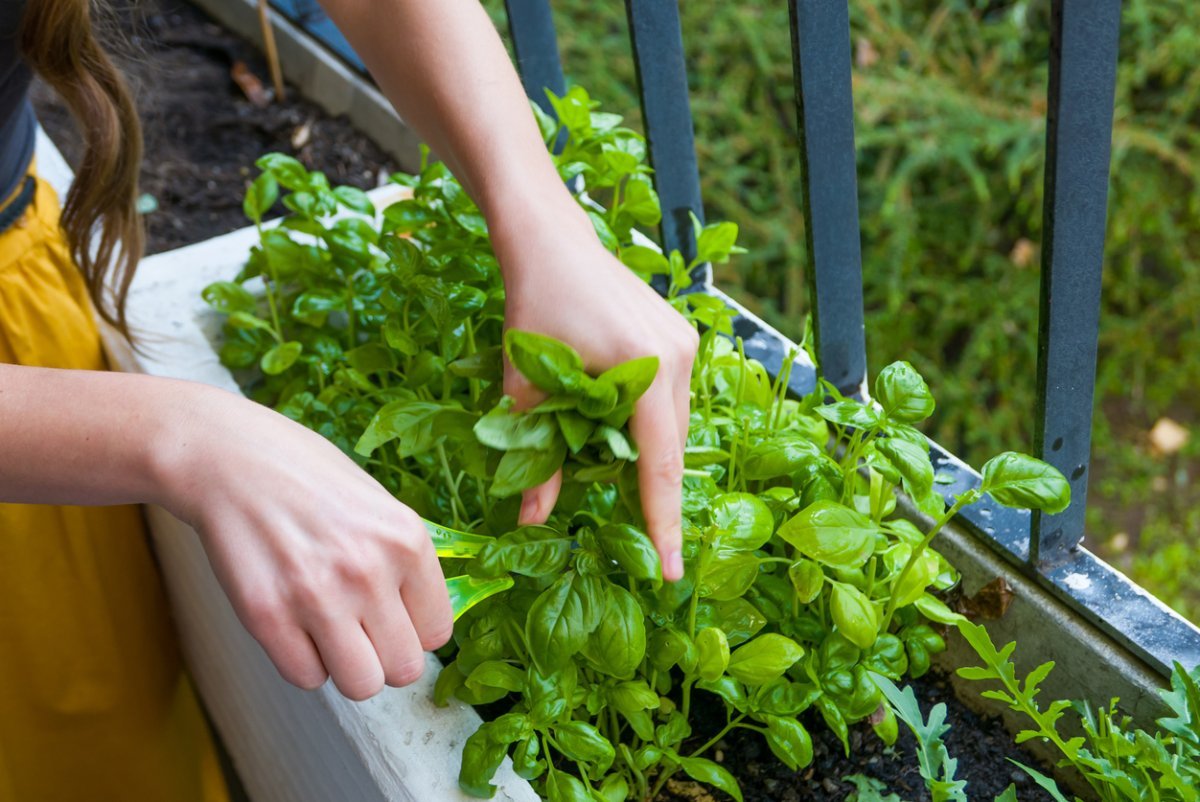
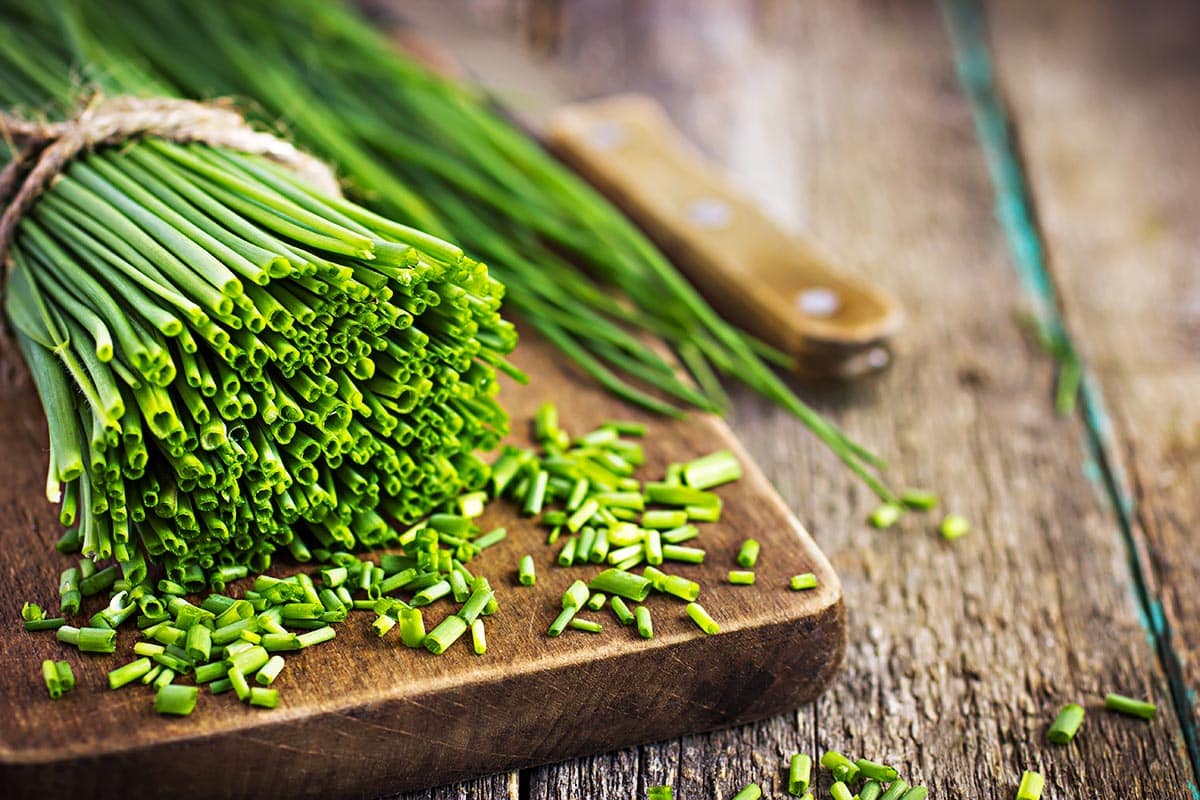
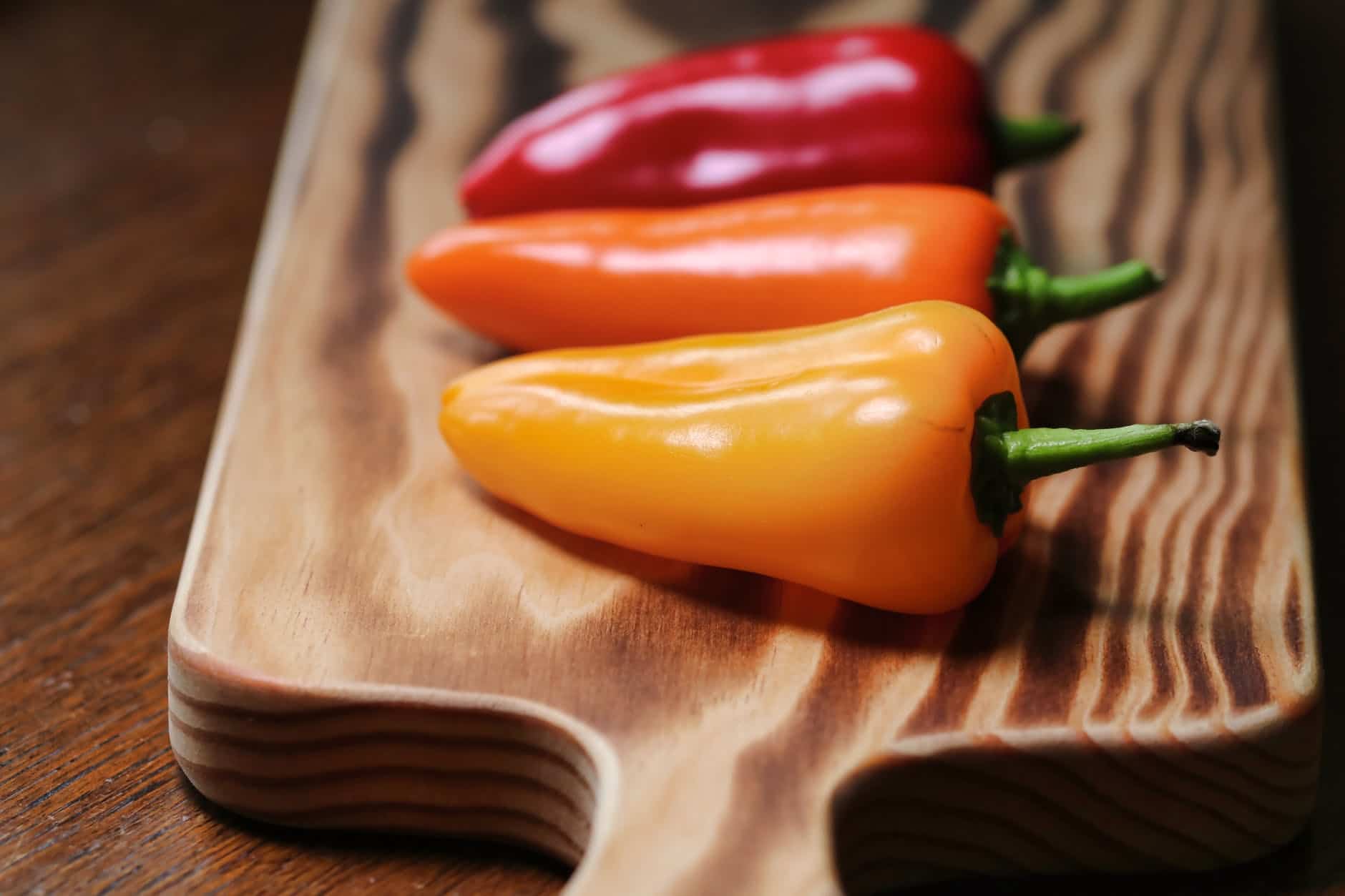
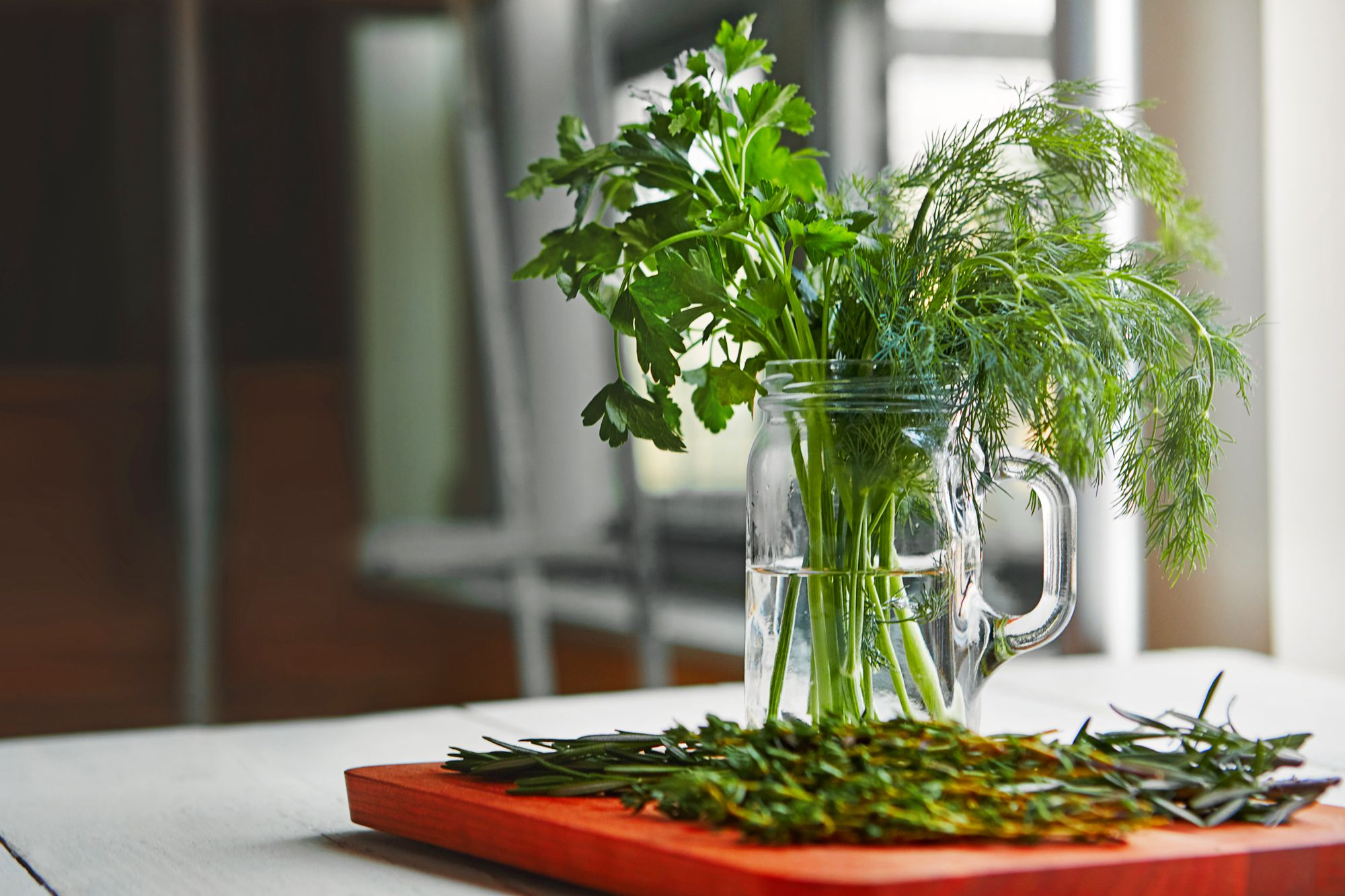
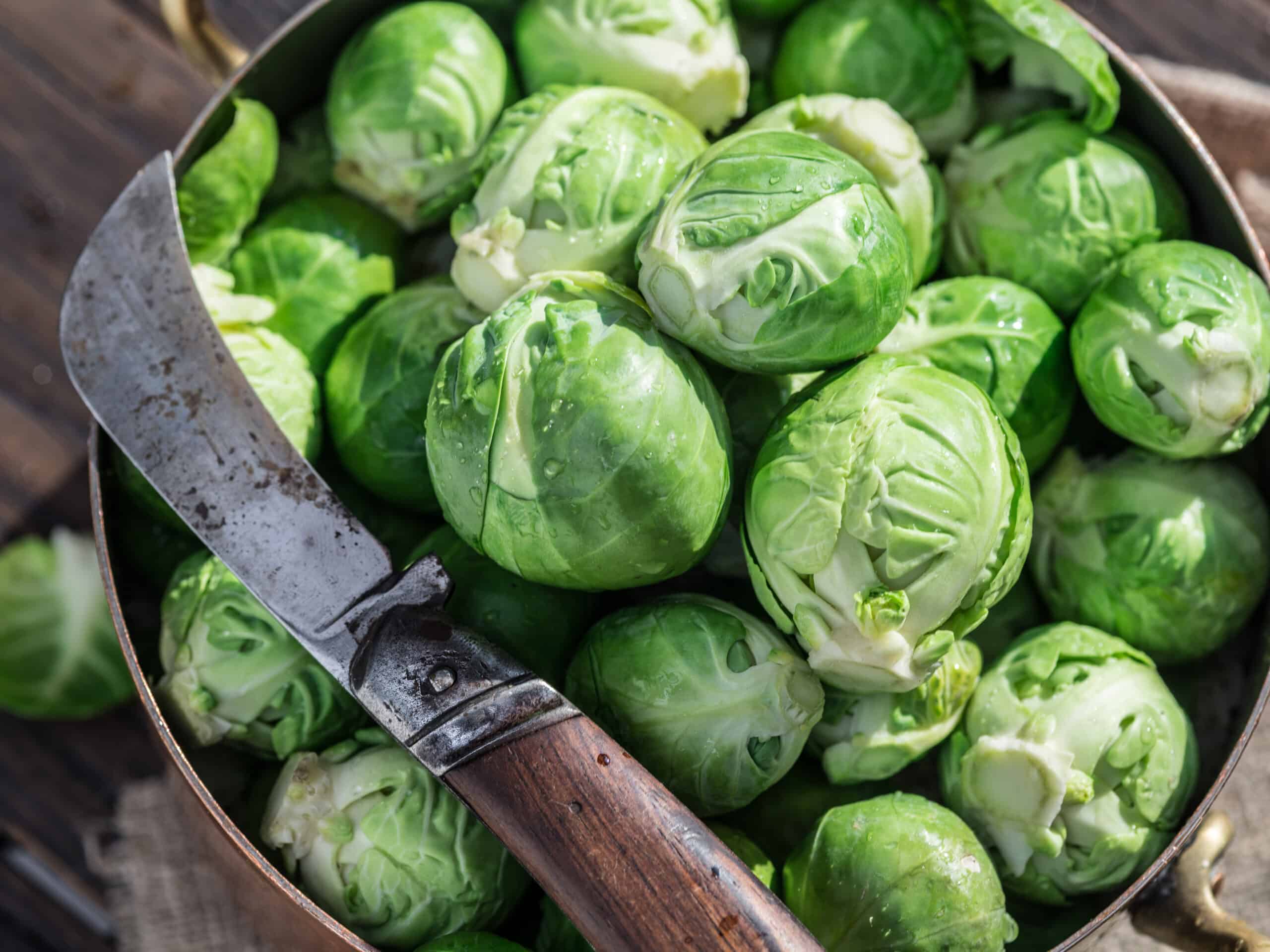
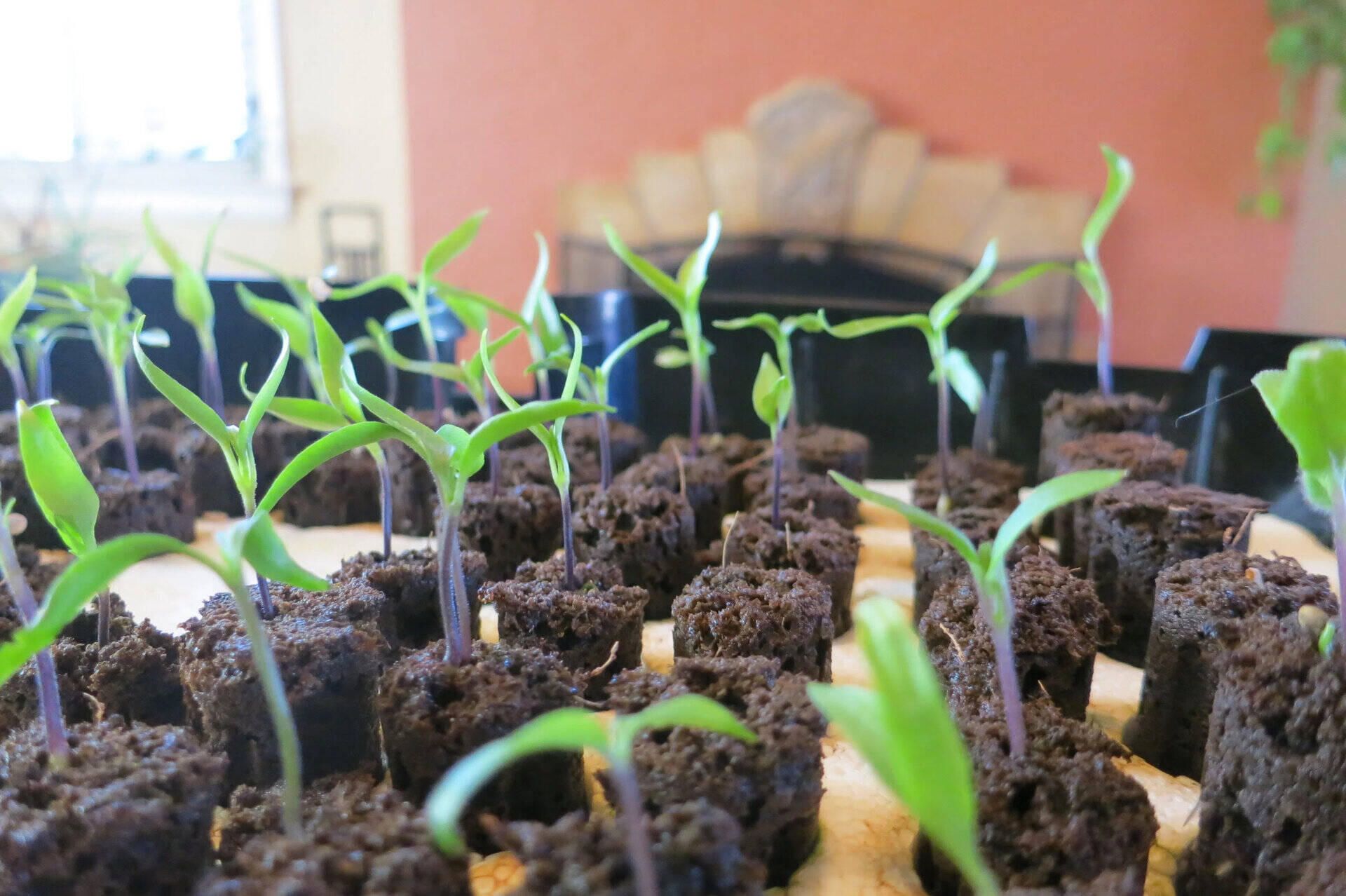
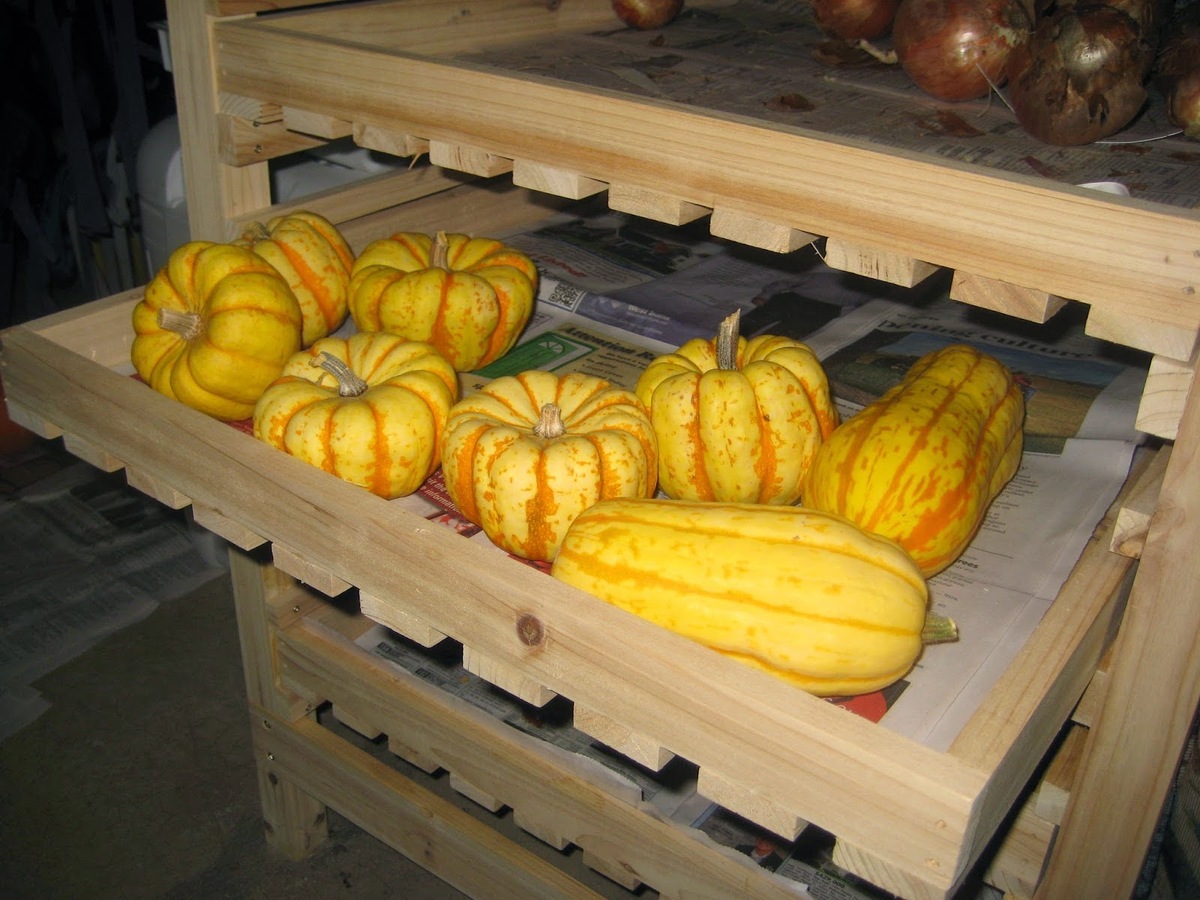
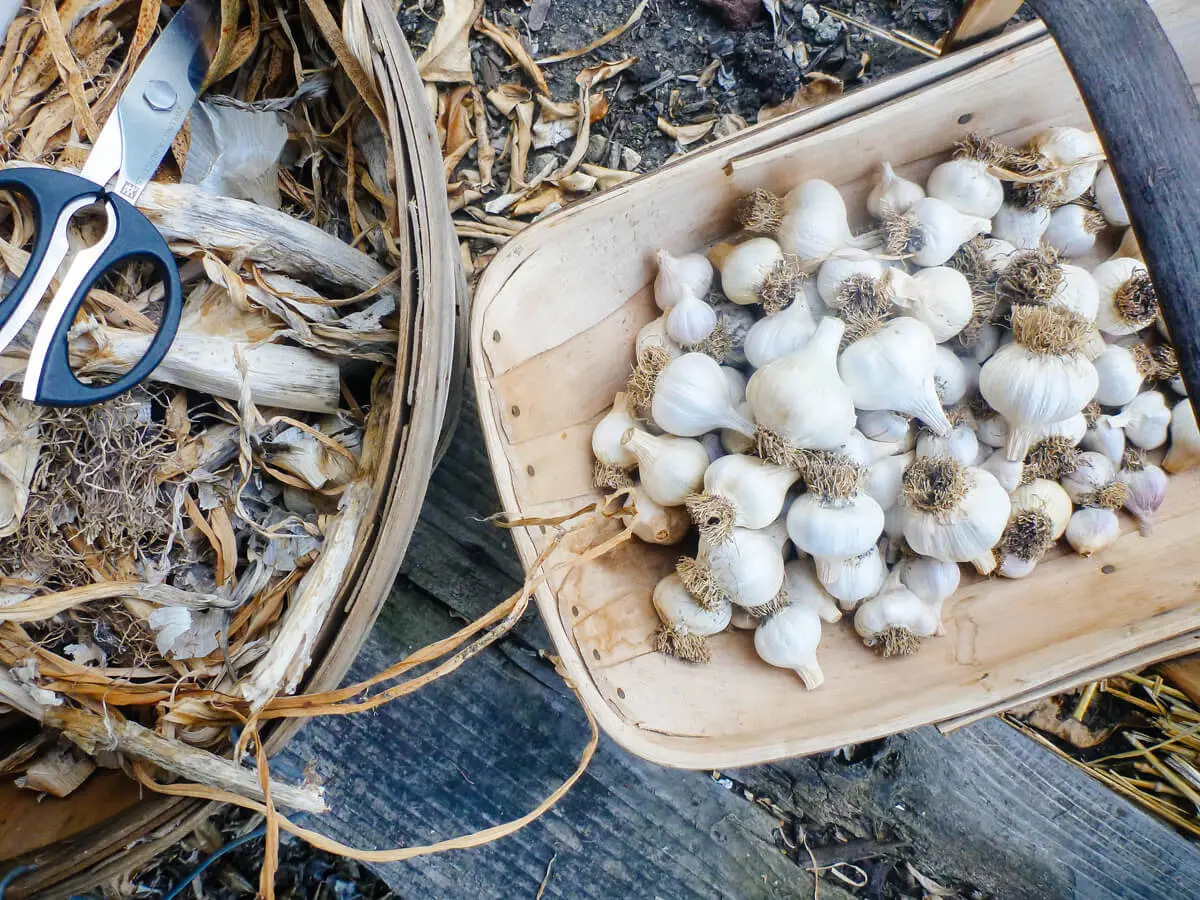
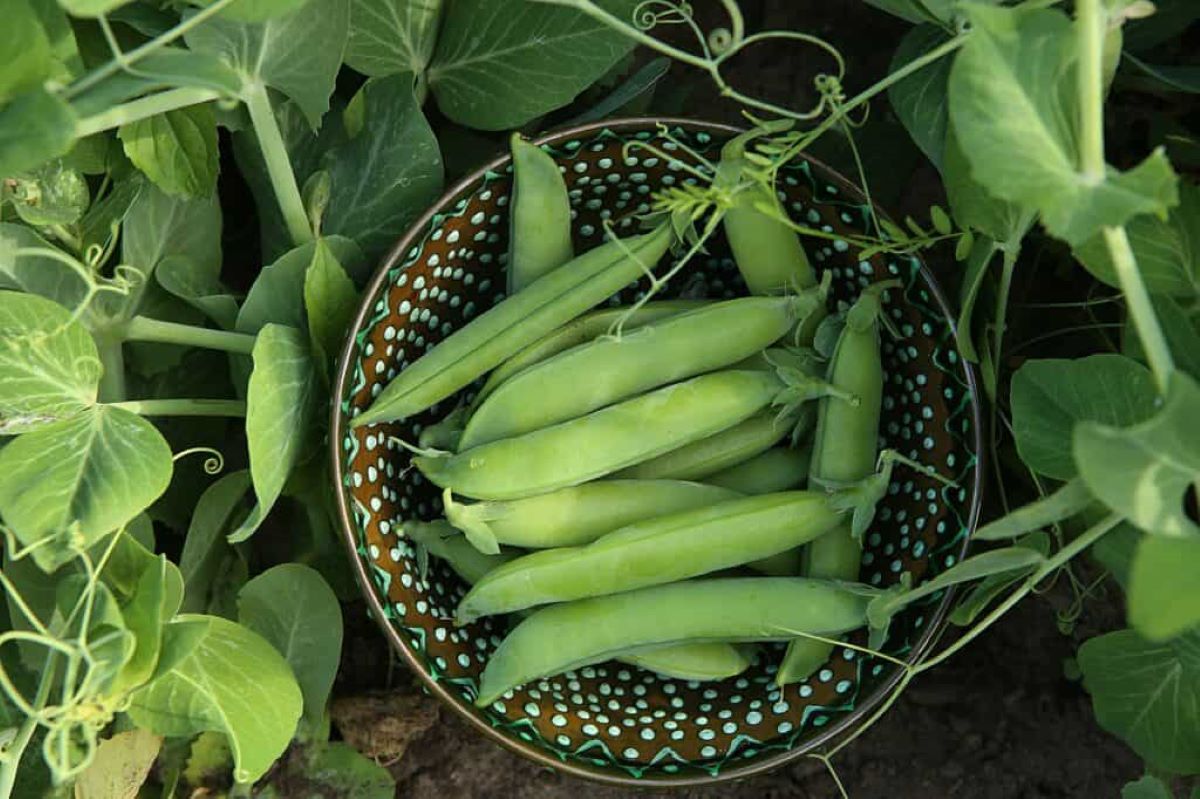
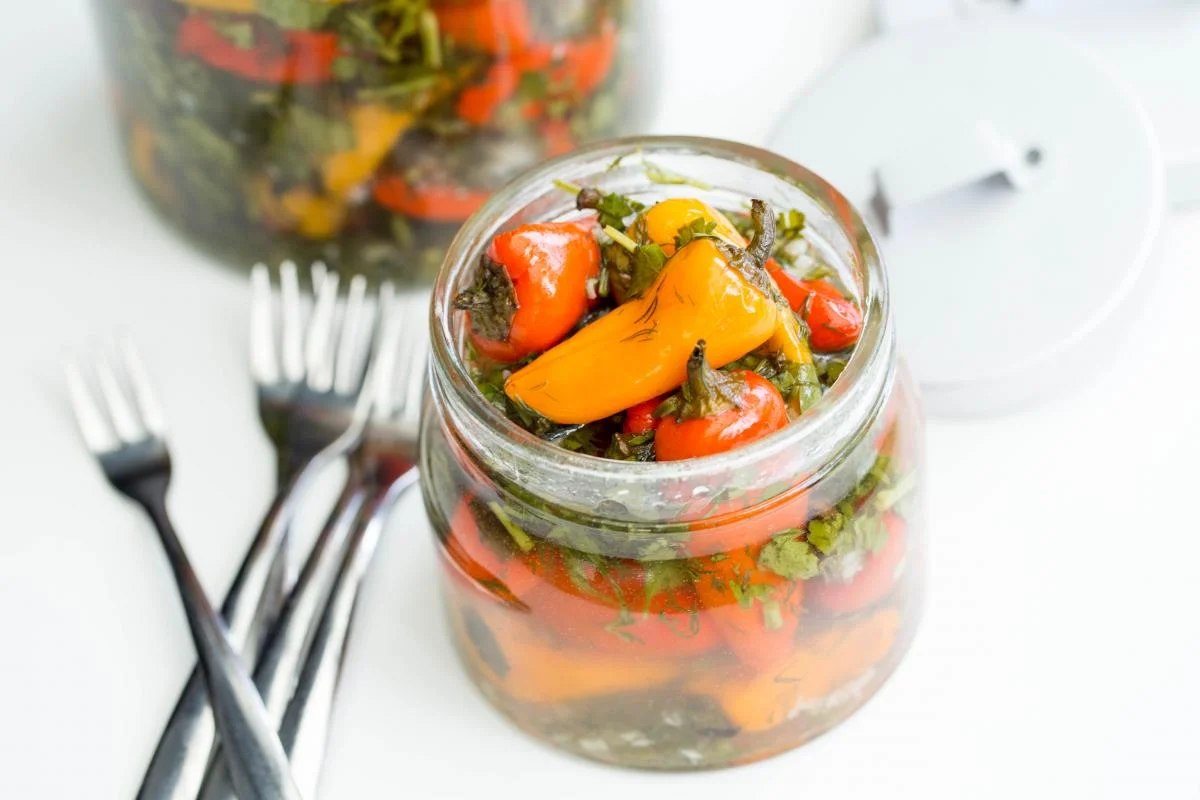
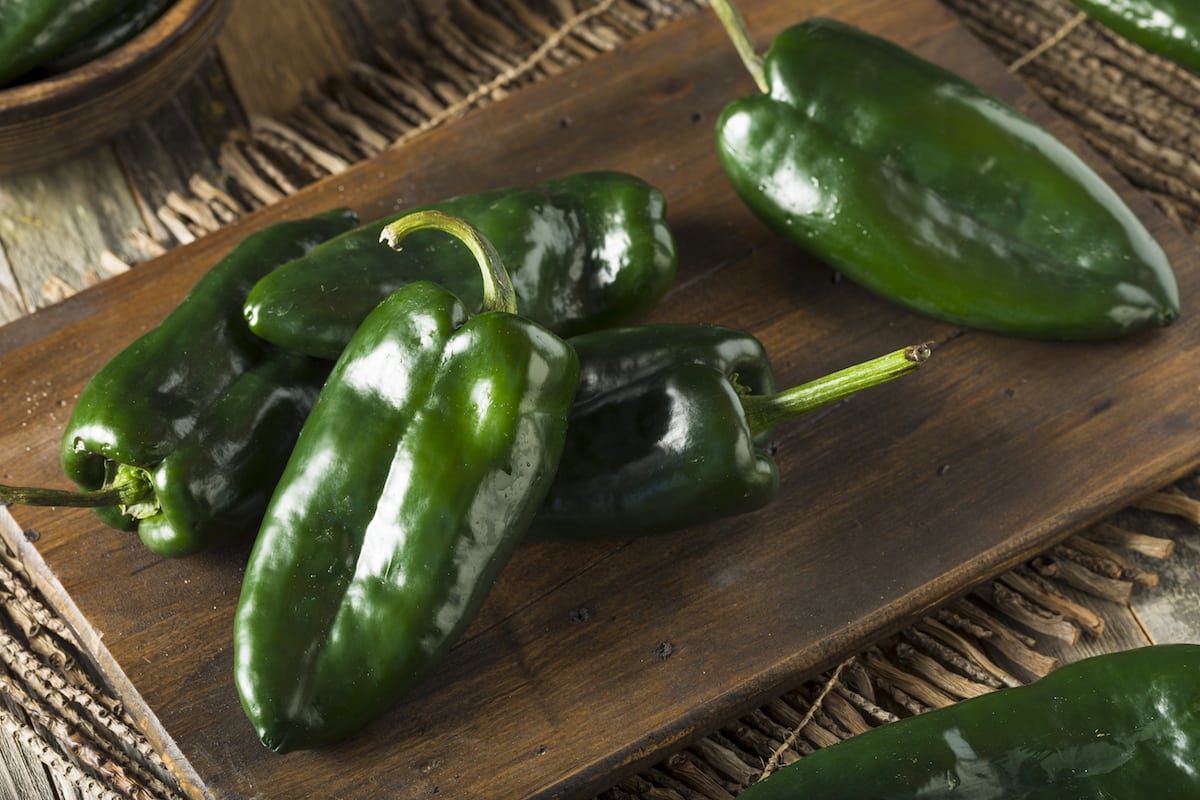
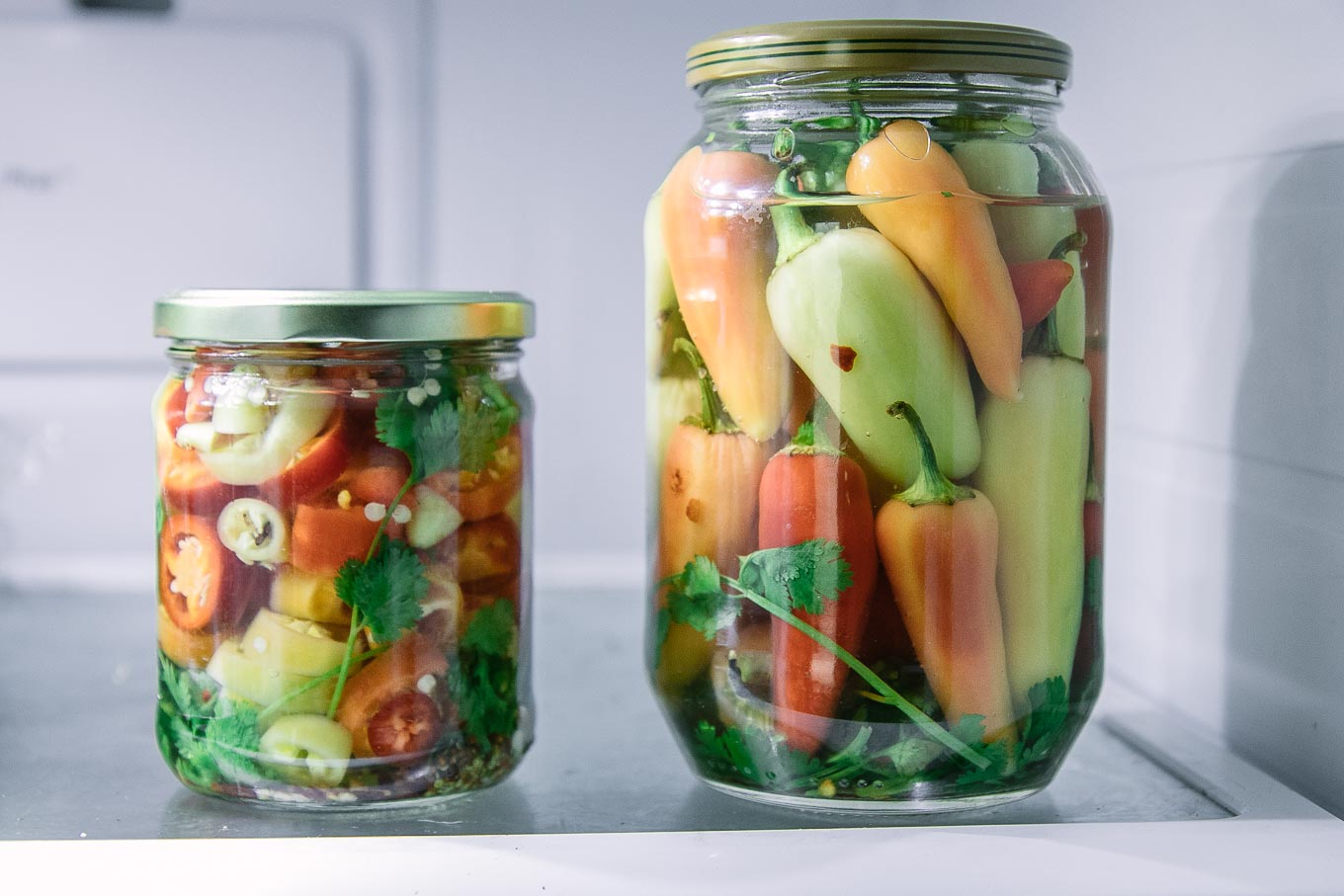

0 thoughts on “How To Store Peppers From Garden”